1. Flipping Houses During Market Peaks
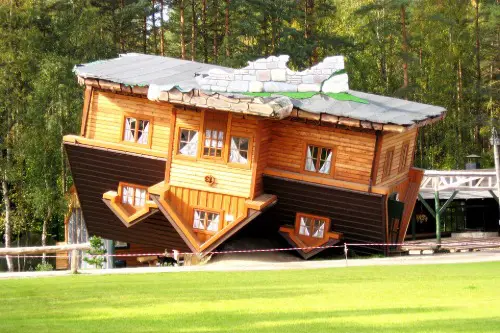
House flipping was once a fast track to profit—buy low, renovate, sell high. But during market peaks, competition soared and margins shrank. Rising material costs, labor shortages, and unpredictable interest rates made flips riskier. Many investors were left with unsold homes and mounting expenses.
In overheated markets, timing is everything—and mistiming is costly. What looked like a smart hustle turned into a financial stumble. And the “flip”? Sometimes it flops.
2. NFTs and Digital Collectibles

In 2021, NFTs were the hottest thing in speculative investing. Digital art, tweets, and pixelated avatars sold for millions, and early adopters cashed in big. But the market crashed just as fast, leaving many investors holding assets with no liquidity or lasting value. The hype faded, and so did the returns.
Today, most NFTs are worth a fraction of their purchase price—or nothing at all. What was once a cutting-edge investment now feels like a digital mirage. And the JPEG? It’s still there, but the market isn’t.
3. Timeshares

Once pitched as the savvy way to vacation without hotel bills, timeshares were sold as a smart investment in leisure. Buyers were promised flexibility, resale value, and access to luxury resorts. But hidden fees, rigid booking systems, and near-impossible resale markets turned that dream into a financial sinkhole. Many owners now pay annual maintenance fees for properties they rarely use.
The resale market is flooded, and most timeshares depreciate faster than a used car. Legal firms now specialize in helping people “exit” their contracts. What was once a clever travel hack has become a cautionary tale. And that “investment”? It’s more like a recurring headache.
4. College Degrees Without ROI
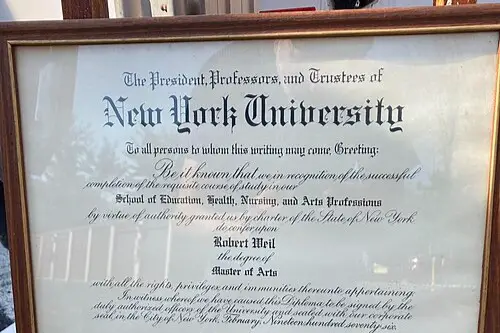
For decades, a college degree was considered a guaranteed ticket to financial stability. Students took out loans assuming the payoff would be worth it. But skyrocketing tuition and stagnant wages have flipped the script. Many graduates now face decades of debt with limited career prospects.
Degrees in oversaturated fields or from low-ranked institutions often fail to deliver the promised ROI. What was once a smart investment in your future can now feel like a financial trap. And the diploma? It doesn’t come with a refund.
5. Rental Properties in Overbuilt Markets

Buying a rental property used to be a reliable way to generate passive income. But in cities where developers flooded the market with luxury units, supply outpaced demand. High vacancy rates, rising property taxes, and short-term rental restrictions have made profitability elusive. Landlords now face stiff competition and shrinking margins.
In some areas, rent control and tenant protections further complicate the equation. What looked like easy money now requires constant management and legal navigation. And the “passive” part? That’s long gone.
6. Private For-Profit Colleges
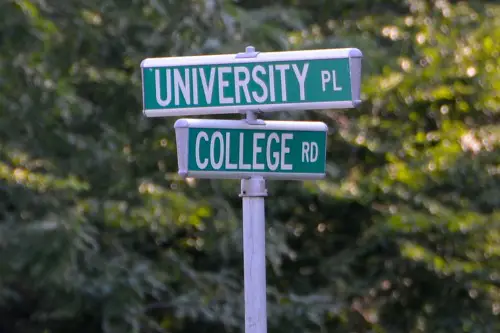
For-profit colleges once promised fast degrees, flexible schedules, and career-ready training. They marketed themselves as smart alternatives to traditional universities. But many delivered subpar education, low graduation rates, and inflated job placement claims. Students were left with debt and few job prospects.
Regulatory crackdowns and public scrutiny have shuttered many of these institutions. What seemed like a shortcut to success turned into a detour to disappointment. And the diploma? Often not worth the paper it’s printed on.
7. McMansions in the Suburbs
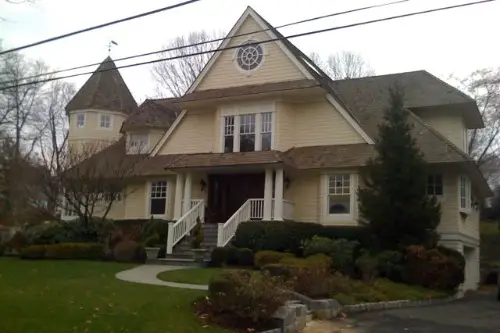
In the early 2000s, oversized suburban homes were seen as status symbols and solid investments. They offered square footage, big yards, and the illusion of upward mobility. But changing tastes, rising maintenance costs, and remote work trends have made them harder to sell. Younger buyers now prefer walkable neighborhoods and energy-efficient homes.
Many McMansions sit on the market longer than expected, and their resale value often lags behind smaller, smarter homes. What once screamed success now whispers excess. And the upkeep? It’s a full-time job with no return.
8. Penny Stocks and Meme Trades
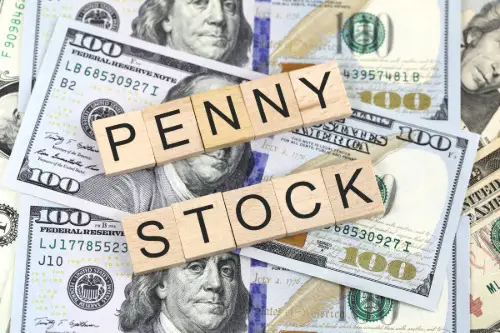
Penny stocks and meme trades promised quick wins and viral glory. Reddit-fueled rallies and TikTok tips made investing feel like a game. But behind the hype were volatile assets, pump-and-dump schemes, and little real value. Many retail investors bought high and sold low—if they could sell at all.
The thrill was real, but so were the losses. What started as a clever way to beat Wall Street became a lesson in market fundamentals. And the gains? Mostly gone.
This post 8 Things That Used to Be Smart Investments in the U.S.—Now They’re Just Regrets was first published on American Charm.


